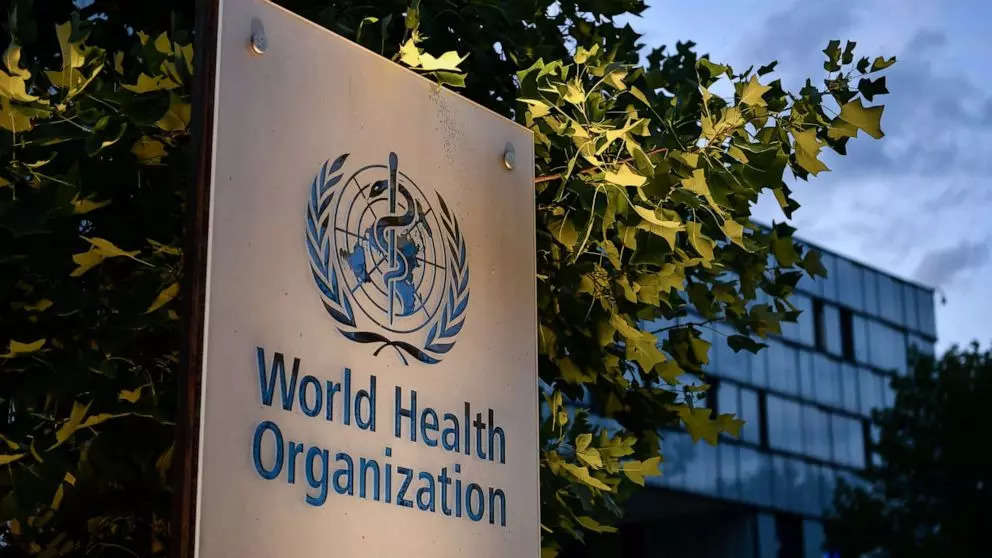This study was reported according to the STROBE statement checklist for an observational study10. We obtained approval for our retrospective cohort study from the Institutional Review Board of Seoul National University Hospital (H-2205-084-1324). We received a waiver of written informed consent from the board, considering the retrospective nature of our study. All methods were performed following the relevant guidelines and regulations.
We reviewed the institutional electronic database of 450 consecutive patients who underwent deceased or living donor liver transplantation at our tertiary care university hospital between January 2019 and April 2022. The patients with preoperative renal dysfunction (n = 24), missing baseline or outcome parameters (n = 21), retransplantation due to graft failure after previous transplantation (n = 4), and deceased donor transplantation (n = 48) were excluded. The remaining 353 patients were included in our analysis.
We extracted demographic or perioperative data previously reported to have an association with postoperative EAD and AKI after liver transplantation from our institutional electronic medical record database (Table 1)5,6,7,8,11,12. Early allograft dysfunction was defined when one or more of the following are present within the first 7 postoperative days: total bilirubin ≥ 10 mg/dL, prothrombin time: international normalized ratio ≥ 1.613. We determined AKI by the Kidney Disease Improving Global Outcomes criteria, which was diagnosed according to the maximal change in serum creatinine level during the first seven postoperative days (Stage 1: 1.5–1.9; stage 2: 2–2.9; stage 3: more than threefold increase from baseline value or increase in serum creatinine to ≥ 4.0 mg/dL or initiation of renal replacement therapy)14,15. The most recent serum creatinine value measured before surgery was collected as a baseline.
Serum lactate level at the end of surgery was used because previous studies reported the prognostic value at that time3,4. Serum NGAL level was measured twice during surgery—at baseline and at the end of surgery. The level at the end of surgery was used in our analysis because the baseline NGAL level was not significantly different between the patients with and without AKI or EAD in our preliminary analysis. We defined the combination of lactate and NGAL as lactate-adjusted NGAL, which was calculated according to the following equation for EAD and AKI, separately. It was calculated as the sum of each measured value multiplied by each odds ratio for EAD or AKI calculated by our multivariable logistic regression analysis.
$$ \begin{aligned} & {\text{Lactate-adjusted NGAL for EAD }} = { 1}.{41}*{\text{lactate }} + { 1}.0{3}*{\text{NGAL}} \\ & {\text{Lactate-adjusted NGAL for AKI }} = { 1}.0{2}*{\text{lactate }} + { 1}.{27}*{\text{NGAL}} \\ \end{aligned} $$
Statistical analysis
Before statistical analyses, we determined the normality of each continuous variable using the Shapiro–Wilk test. Continuous data are reported as the median (25 and 75 percentiles) and were compared by the Mann–Whitney U test. We compared incidence data by or χ2 test or Fisher’s exact test according to their expected counts. Baseline characteristics or outcome data were missing in 4.5% of records. We excluded these missing cases before the main statistical analysis. Baseline characteristics did not differ significantly between cases with and without missing parameters in our preliminary analysis.
The followings are the main analyses of our study. Firstly, we performed binary multivariable logistic regression analysis to investigate the association of serum NGAL and lactate level with the risk of postoperative EAD and AKI after liver transplantation, separately. All covariates previously reported as the risk factors for EAD and AKI were included. No variable selection process was used in the regression analysis. We evaluated our regression model’s calibration and discrimination by the Hosmer–Lemeshow goodness of fit test and c-statistics, respectively.
Secondly, to compare the diagnostic value of serum NGAL, lactate level and their combination—lactate-adjusted NGAL for our clinical outcomes, the area under the receiver operating characteristics curve (AUC) for each logistic regression analysis was compared. AUCs of multivariable-adjusted regression models with and without NGAL, lactate and lactate-adjusted NGAL level were compared to investigate whether the addition of NGAL, lactate or lactate-adjusted NGAL level to our multivariable model could increase the discriminative ability for EAD or AKI. DeLong’s method was used to compare different AUCs16. To determine a meaningful cutoff of serum lactate-adjusted NGAL, Youden’s index where the sum of sensitivity and specificity is maximal was used for EAD and AKI, respectively17.
Thirdly, we drew cubic spline function curves to investigate the multivariable-adjusted relationship of the serum NGAL, lactate and lactate-adjusted NGAL level as a continuous variable with the risk of EAD and AKI.
Fourthly, we performed propensity score matching between the two lactate-adjusted NGAL groups to adjust the potential confounding effect of the baseline patient characteristics along with anesthesia and surgery-related parameters. Matching was performed for the two lactated-adjusted NGAL groups for EAD and AKI, respectively. The following variables were used for matching: patient demographics, past medical history of hypertension, diabetes mellitus, baseline laboratory values including hemoglobin, serum albumin level, Models for end-stage liver disease (MELD) score, Child classification, history of previous abdominal surgery, baseline left ventricular ejection fraction, preoperative medication of beta-blocker, diuretics, estimated graft-recipient body-weight ratio, operation time, cold and warm ischemic time, the amount of intraoperative crystalloids and albumin administration, and intraoperative estimated blood loss. The caliper width of 0.2 standard deviations of the logit-transformed propensity score was used. Then we compared the clinical outcomes between the two matched groups.
We presented data as median (interquartile range) or number (%). All P values are calculated for two-sided hypothesis testing, and statistical significance was determined at the significance level of 0.05. Multiple comparisons were adjusted by Bonferroni correction. Stata 15.1 (StataCorp, College Station, TX, USA) was used for our statistical analyses.
Ethics statement
We obtained approval for our retrospective cohort study from the Institutional Review Board of Seoul National University Hospital (H-2205-084-1324). We received a waiver of written informed consent from the board, considering the retrospective nature of our study.









